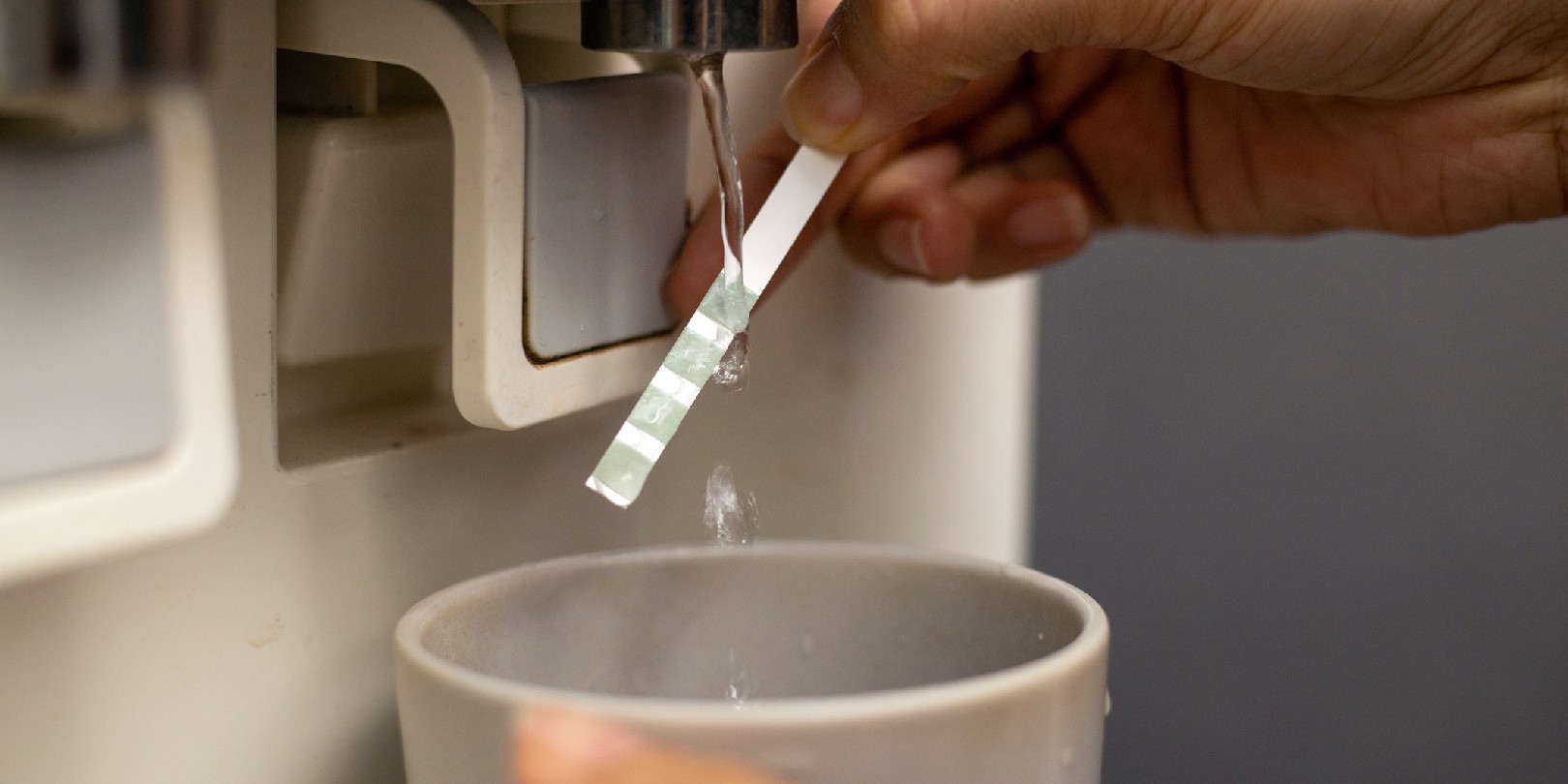What pH Level of Water Is the Safest for Drinking?

Water is essential for life. But not all water is created equal, and it’s important to ensure you are drinking safe and healthy water. One of the key indicators of water safety is its pH level, which measures the acidity or alkalinity of the water.
In this post, we’ll discuss the ideal pH level for drinking water, why it’s so important, and what other factors you should consider when testing your water supply. We’ll also cover some of the most effective ways to test and treat your water to ensure it’s safe and healthy for drinking. So, if you’ve been wondering what pH level of water is the safest for drinking, read on!
Definition of pH
The acidity or alkalinity of a given substance is indicated by its pH level. Water is neutral at a pH of 7 but can range from 0 (most acidic) to 14 (most alkaline). Because certain toxins can survive in acidic or alkaline environments but not in neutral or nearly neutral ones, it’s important to know the pH level of any water you intend to drink or bathe in.
At different pH levels, rainwater and other surface water come in contact with minerals that are found in soil, rocks, plants, and building materials. These minerals give water distinctive properties such as taste, color, and smell. Additionally, varying acidity levels hold different amounts of dissolved oxygen, affecting aquatic life’s health. For example, if water is too acidic, aquatic organisms will find it hard to breathe and survive. Lastly, it’s important to note that either end of the scale (too acidic or too alkaline) can cause corroding damage to pipes and other infrastructure if left unchecked.
Benefits of Higher pH Levels
Surface waters that come in contact with different types of objects may contain metals that are naturally occurring at low environmental levels. In certain conditions, however, these metals can become much more concentrated — this is known as metal contamination. The good news is that increased pH levels can reduce metal concentrations in water because higher pH levels result in more ions, which bind to metals so they aren’t available for plants or animals to absorb.
Drinking water with a neutral or slightly higher pH (7-8) may aid digestion by helping break down food faster due to hydrolysis. Additionally, some studies suggest that consuming high-pH water regularly may help reduce acid reflux symptoms by neutralizing stomach acidity. Further research is needed, but higher pH levels generally benefit human health.
Effects of Lower pH Levels
Water with a pH of 5 or lower can lead to various health problems for humans, from minor irritations like dry skin to more serious issues such as kidney stones or digestive problems caused by bone calcium depletion. Additionally, prolonged exposure to low-pH water has been linked to cancer due to increased solubility of certain toxins in acidic environments, which can be absorbed more readily into the body when drinking or bathing. Enamel erosion is another potential concern caused by decreased minerals such as magnesium and calcium in body tissues. For all of these reasons, it’s important to be aware of the pH level of the water you consume and use for bathing and take measures to ensure it stays within safe limits.
Determining the Ideal pH Level for Drinking Water
The Environmental Protection Agency (EPA) specifies strict pH limits for treated public drinking water supplies in their drinking water regulations. For streams, the acceptable pH range is 6-8 pH, while for parts per million (ppm), it is 6-9pHi. Any reading outside these limits must be addressed immediately, as it may indicate a higher concentration of pollutants like lead or arsenic that can pose serious health risks when consumed or exposed to over extended periods without proper treatment and filtration.
Private wells, on the other hand, do not have established guidelines by the EPA. Hence, homeowners must take responsibility for ensuring the safety of their water supply by regularly testing it. This can be done using home testing kits readily available at most hardware stores. Independent laboratories also often offer residential testing services in some regions, depending on applicable laws. Ensuring that the water supply meets safe drinking quality standards is critical to protecting public health.
Effective Methods for Increasing pH Levels
If your home’s drinking water does not meet EPA standards, you may need to take additional steps to correct it. The availability and affordability of options like installing additional filtration systems or using chemical treatments will depend on your specific situation. To determine the best course of action, consult an independent laboratory that specializes in residential water treatment processes.
It may also be worth purchasing a sparkling water maker machine, which uses your current tap supply to produce carbonated beverages that meet EPA safety standards. This option provides an affordable way to enjoy fresh carbonated drinks without the potential hazards present in untreated tap water. It’s important to note, however, that this option may not be suitable when more rigorous treatment processes are necessary due to more dangerous contaminants or other issues, especially since regulations vary by region.
Conclusion
Ensuring that the pH level of your tap water falls in an ideal range between 6 and 8 is essential to safeguard you and your family. It’s important to check national and local regulations for water quality and determine if you need to take extra measures to test or treat your water. We hope this article increases your awareness about the impacts of pH levels and shows you the steps you can take to protect your health!
